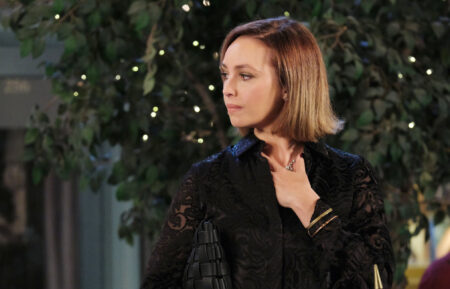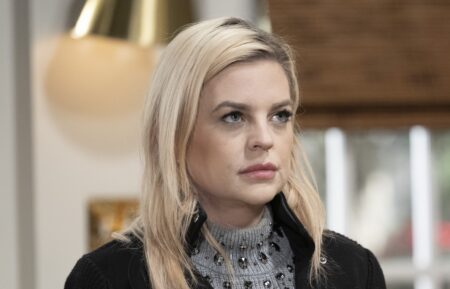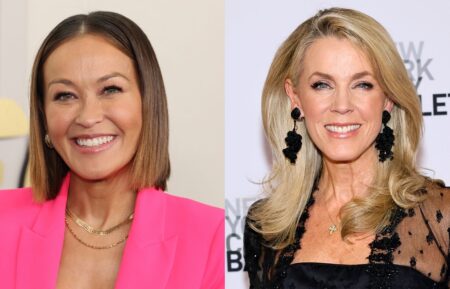As Mad Men Ends in the 1970s, So Ends Some of Its Allure
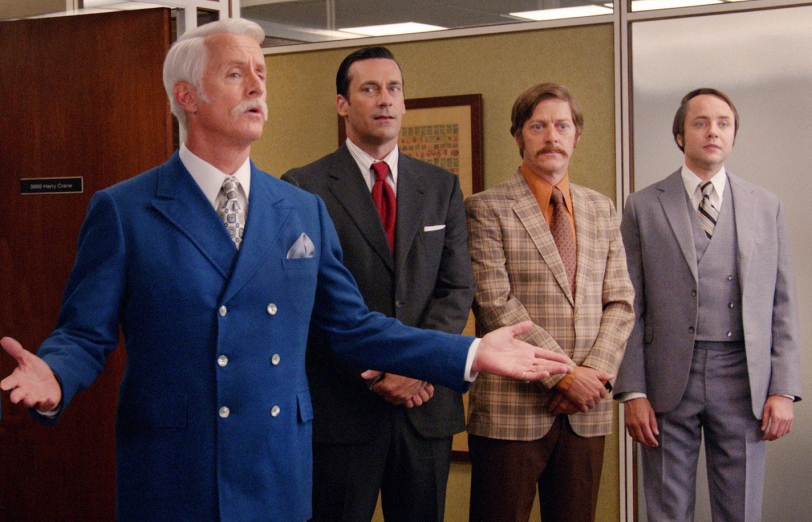
Ask GenXers for their most seminal TV experiences, and many will likely mention Brady Bunch patriarch Mike Brady stepping off the plane on the family’s trip to Hawaii sporting a head full of curls.
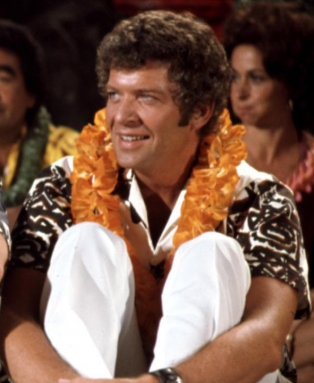
Why was it so memorable? Because that’s when the show started looking more like the era they were watching in. Sure, it was just Robert Reed letting his hair go natural, but at least it was a relatable look, not the foreign-seeming, Brylcreemed, skinny-tie look he was sporting when the show started in 1969.
That’s kind of how it feels watching Mad Men as it wraps up its run. But unlike the happiness of seeing a curly Mike Brady, witnessing the folks at Sterling Cooper & Partners enter the 1970s has been jarring and, let’s face it, not as much fun to watch.
Something about the charm of Matthew Weiner’s pride and joy has been lost as the show spends its last seven episodes in the era of bell-bottoms and leisure-suits. He’s doing a good job of reflecting how quickly the fashion aesthetic changed from 1969 to 1970. This is why we see Roger Sterling (John Slattery) and Ted Chaough (Kevin Rham) sporting moustaches that would have fit in well on the 1973 Oakland A’s. It’s why almost all the women in the office except Joan (Christina Hendricks) are sporting loud mini dresses. Even straight-laced Don Draper (Jon Hamm) is wearing striped shirts, big ties, and wide lapels. In a recent interview with Vulture, the show’s creator reveled in the decade’s impact on Pete (Vincent Kartheiser): “He looks like he works for John Ehrlichman. The cowlick, the fat tie—I love it.”
But anyone who lived through the 1970s, or even those who have only experienced it through movies, TV and photos, knows that the era, and the hippie esthetic, wasn’t elegant; it was gritty, it was indulgent, it was casual, it was garish. Fat ties, big lapels, eye-straining patterns, massive open collars, ridiculous sideburns, pantsuits that were made of flammable materials. It’s an era that, even 40 years on, is mocked more than admired, in an “I can’t believe we wore that/did that/watched that” sort of way.
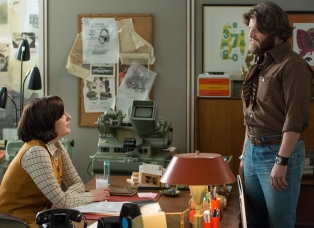
It’s not just the clothes and hair. Nostalgia for the ’70s is different than it is for the ’60s and a lot of that reason is what media from that era is available. It doesn’t matter if its photographs, videotape or film; it’s all in color. When a person looks at footage of a past decade in color, they can see themselves there. When we look at Mad Men scenes from 1970 or ’71, we’re not curious about seeing the era in living color, mainly because ample evidence of what it was like has been around for four decades.
That’s not something you can say about the 1960s, especially the first half, when most of the movies and TV, and almost all of the news footage, was still in black and white. Cultural milestones such as the Kennedy presidency or the Beatles’ performance on The Ed Sullivan Show are also in black and white. Just about every sitcom, drama, and TV movie is monochrome.
It made the era more mysterious to those who didn’t live it, which is why the first four seasons of Mad Men were so fascinating to watch. So that’s what those clothes or hairstyles looked like! Oh, that’s what kitchens looked like back then! Oh, that‘s what a box of Rice Krispies looked like! People were reminded why there’s such a reverence for that time period, to the point where, as Weiner pointed out many times, people forgot that it wasn’t a utopia. There’s a reason why the resurgence in poofy pleated dresses, skinny ties and form-fitting suits roughly dates back to the show’s 2007 premiere; it’s a time that people wanted to emulate because it was just so damned classy.
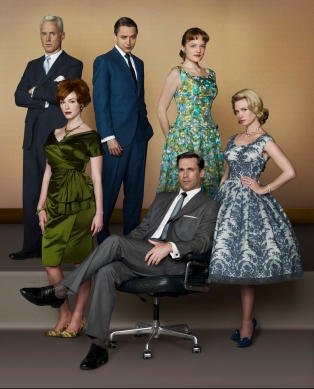
The ’70s weren’t classy. No one is fooling themselves into thinking they were the “good old days.” The most revered pop culture from that time aren’t jaunty family sitcoms, westerns or button-downed game shows, but realistic issue-oriented sitcoms like Maude, troubled investigator dramas like The Rockford Files and drunken bacchanalia like Match Game.
There’s no need for Mad Men to remind us that people had problems during the ’70s; anyone who watched An American Family or pretty much any movie starring Al Pacino or Robert De Niro from that era knows that. Which is why the special nature of what Weiner did with the first six-and-a-half seasons of Mad Men has disappeared. Even if Roger’s mustache is pretty awesome.



